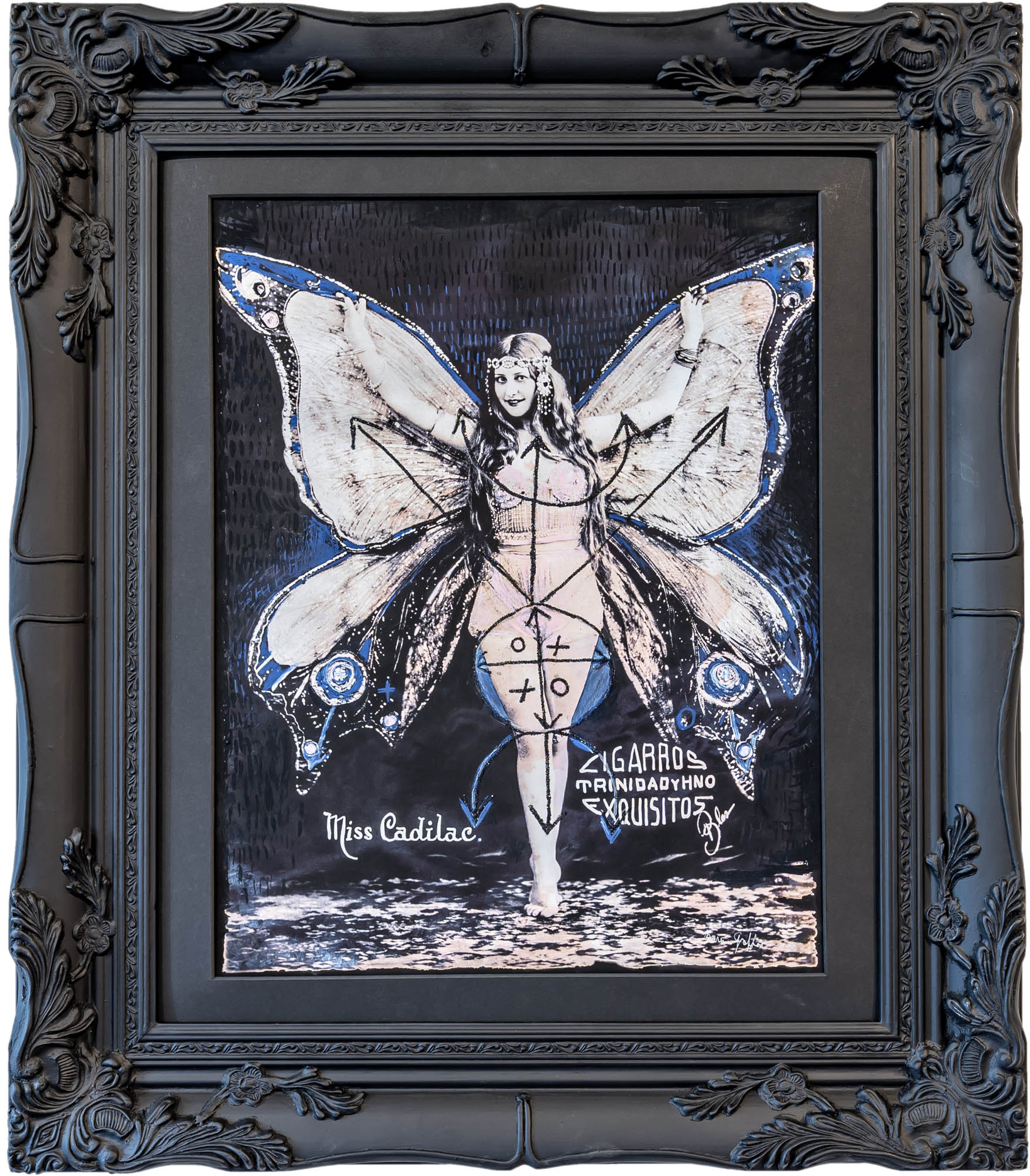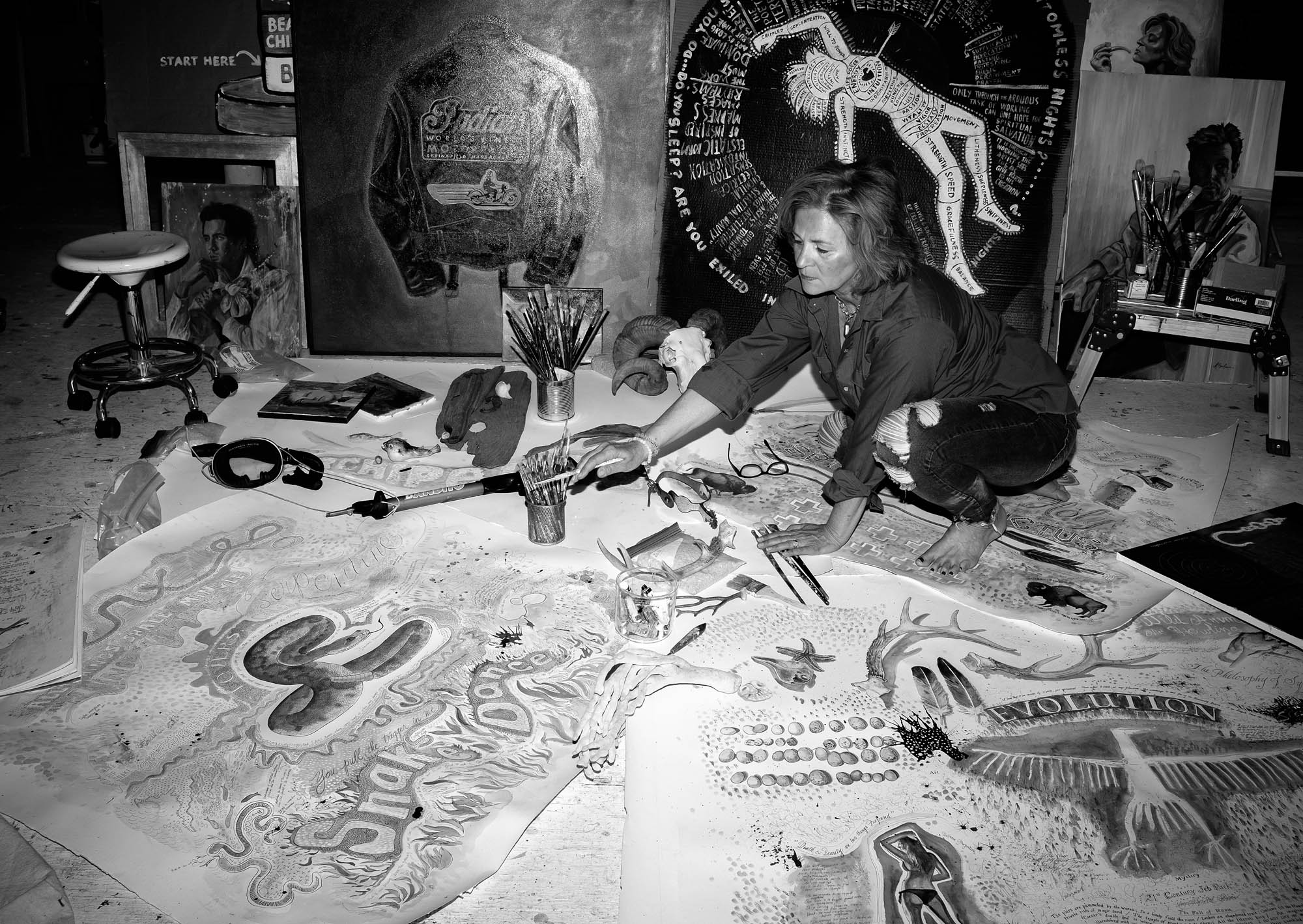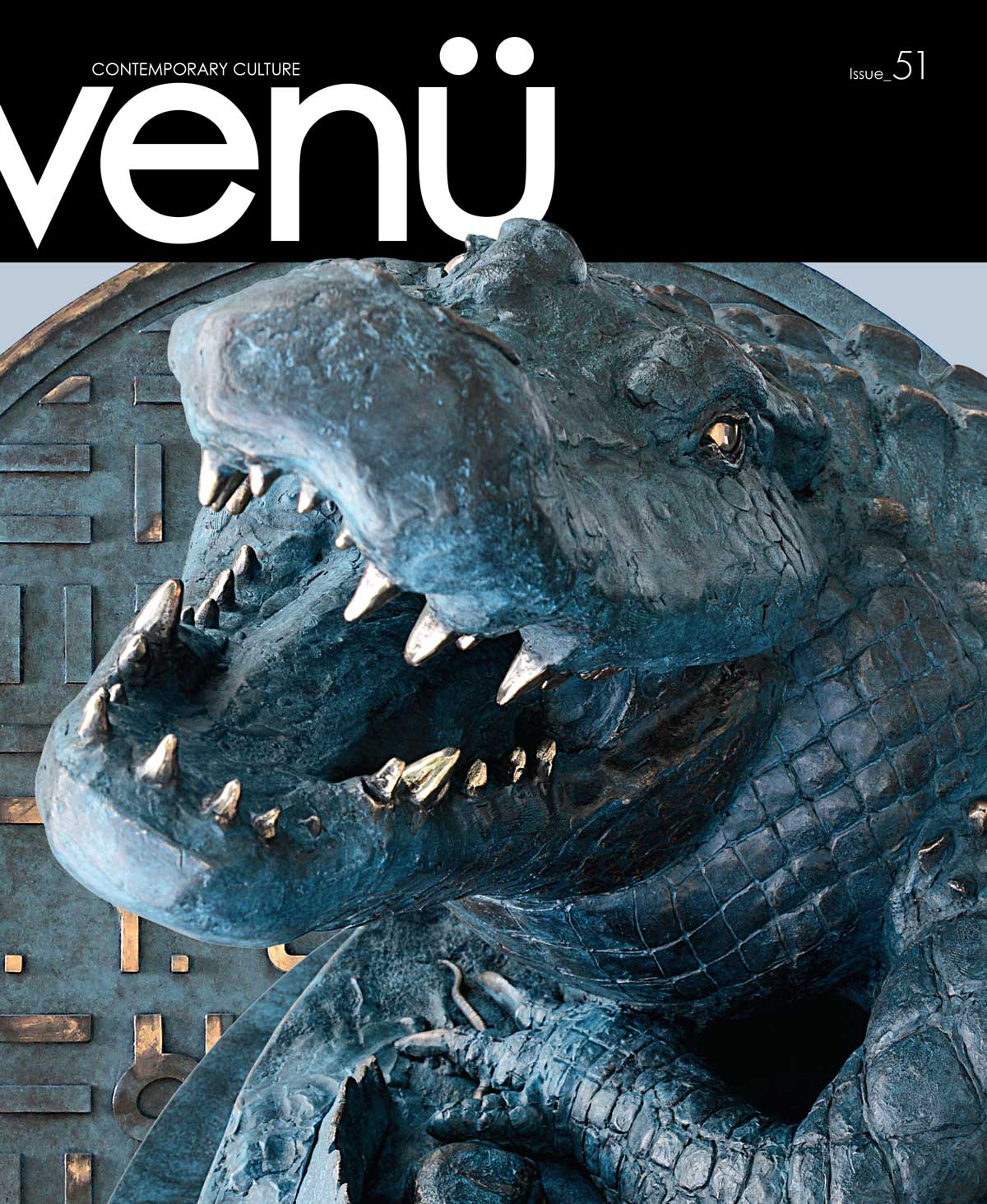
By way of history, Joelino Miller describes his early introduction to creativity as that of a dancing enthusiast and later on as a self-taught musician. While a graduate student in clinical psychology, Joelino was introduced to the theory and practice of clinical procedures, but not the artistry of the change process.
Over the years, Miller became passionately involved in exploring experiential techniques of gestalt therapy, movement therapy, Psychodrama, and group dynamics. Joelino also collected hundreds of diagnostic drawings from the psychiatric population, revealing patients’ inner thoughts, dreams, fears, and early trauma.
“As a therapist, I learned that creativity and the artistry of the interactive process make a significant difference.” This, of course, involved active listening with “a third ear” to what is not being revealed by the patient. One of Miller’s early influences included psychoanalyst Rollo May who wrote about the interface between psychotherapy and abstract painting.
The natural progression of Miller’s artistry grew from his life experiences and study of behavioral development. Joelino continues to speak further on the subject “All the above is similar to my own encounter of how I deal with an empty canvas.”
In Miller’s mind, the similarities between abstract painting and psychotherapy are that both are problem-solving activities involving the expression of emotion and the inner release of tension.
Playing with various techniques that use mental imagery, dreams, and drawings, Joelino’s perspective on similarities between psychotherapy and abstract painting is about using different textures and materials that gesture how they speak to the observer.
The human imagination looks towards form to make sense of an abstract painting; it’s the first awareness a viewer gets that seems to make sense of composition. The sightseer will only glimpse the picture until the form is identifiable, which is the observer’s way of encountering and relating to an abstract painting.
“When a picture is complete, it feels like you’re giving birth to a child, which is why I believe emerging artists, myself included, get attached to their completed canvases and many refer to them as their children.”
Joelino wants the observer to draw upon their own conclusions that query, “What did the artist want to express? Was it conscious or unconscious? This question may mean more to you than it was intentionally conveyed by the artist.”
OBSERVATIONS of AN ARTIST
VENÜ: When did you first pick up a paintbrush?
JOELINO MILLER: I first started to paint in 2016 when I attended an abstract painting class in Delray Beach, Florida. I immediately got hooked on the art form challenge and enjoyed watching how other students approached their canvas. Over several years, I’ve attended many workshops and painted a few hundred compositions.
VENÜ: Many artists find a genre and stick to it. What are your feelings on the ability to master so many types of expression?
JM: My painting has evolved from my own free-style, Jackson Pollock approach to a more structured element like making a map on the canvas. If I had no image, no idea, I would put a lot of paint on the canvas to see where the eye would take me. Ultimately, this creates movement and direction. What I also noticed about painting is that it’s very meditative. If I got stuck, I waited until the image spoke to me. At times, I would have to gestalt the painting by becoming the painting and letting the picture tell me what was needed. I’m really like a first-time painter who learns as they go along.
VENÜ: What artists have influenced your work?
JM: I like to experiment with a lot of different approaches. The two artists that come to mind are Joan Mitchell and Jackson Pollock.
VENÜ: What do you find comforting about painting? Describe your journey.
JM: The collaborative process is a lot of fun. I’ve become impassioned about the trial and error of experimentation and discovery. I enjoy hanging out with other artists and sharing our work.
I was invited with 20 other artists to participate in a mural event in Delray Beach, where one of my paintings that I produced was on display at Artist’s Alley. One of my larger paintings was displayed at an art gallery launch event.
VENÜ: What in life drives you to create? Is it a moment that you try to encapsulate?
JM: I’ve always been a creator in business. I was an early pioneer in the recovery industry. I see creativity in marketing and virtually everything. I’m drawn to endless learning.
I enjoy looking at my early productions and my own evolution as a painter.
VENÜ: Do you see art as a way to unify the world?
JM: Primarily, I paint for myself. I think art should be a significant part of public education. It teaches students that there are no mistakes, only learning. You also get the opportunity in creating your own works of art. ☐




Leave a Reply